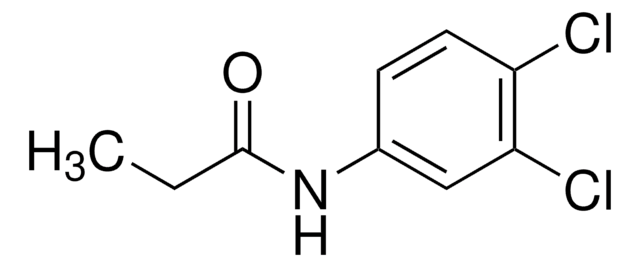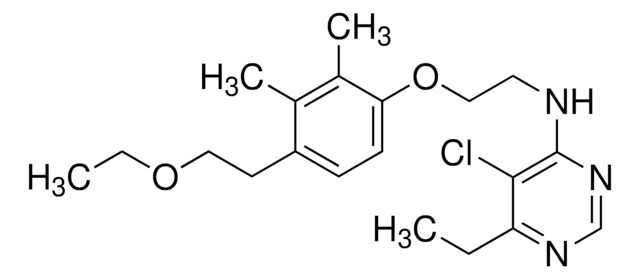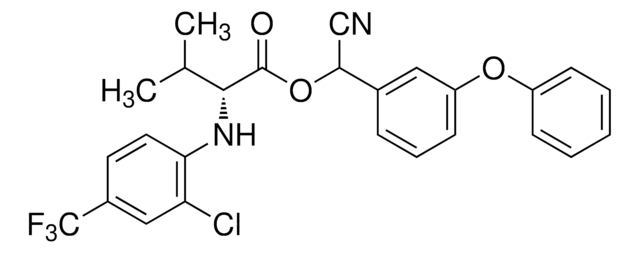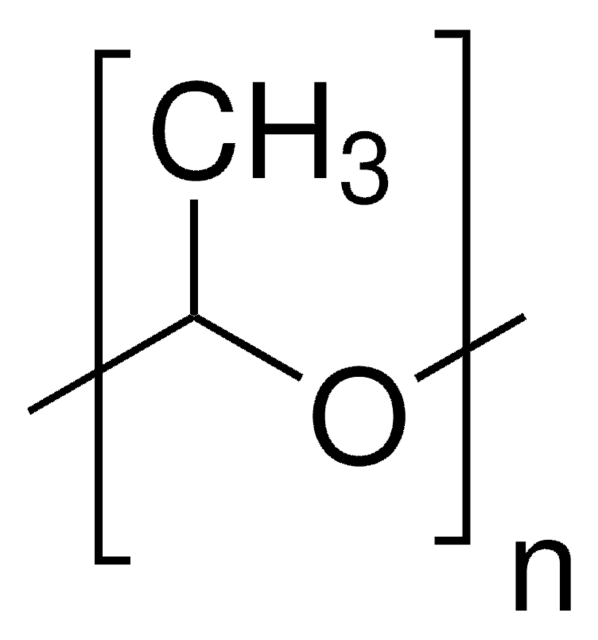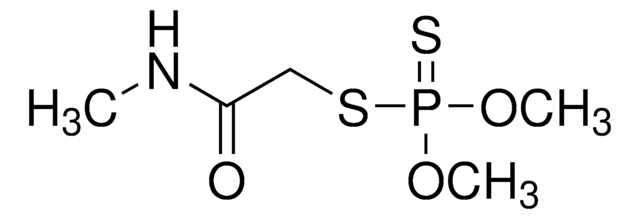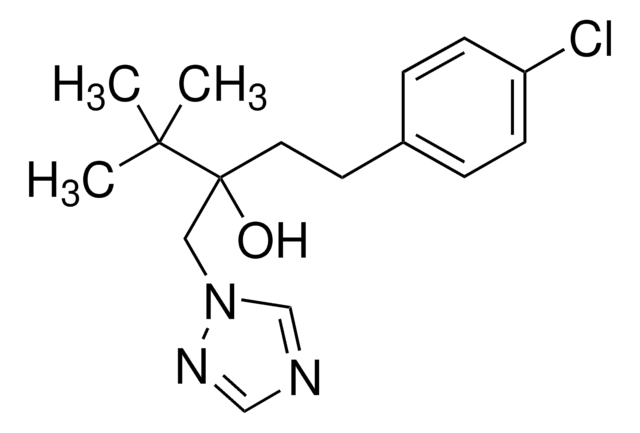About This Item
おすすめの製品
グレード
analytical standard
品質水準
製品種目
PESTANAL®
シェルフライフ
limited shelf life, expiry date on the label
テクニック
HPLC: suitable
gas chromatography (GC): suitable
アプリケーション
agriculture
environmental
フォーマット
neat
SMILES記法
COC(=O)Nc1cccc(OC(=O)Nc2cccc(C)c2)c1
InChI
1S/C16H16N2O4/c1-11-5-3-6-12(9-11)18-16(20)22-14-8-4-7-13(10-14)17-15(19)21-2/h3-10H,1-2H3,(H,17,19)(H,18,20)
InChI Key
IDOWTHOLJBTAFI-UHFFFAOYSA-N
類似した製品をお探しですか? 訪問 製品比較ガイド
関連するカテゴリー
詳細
アプリケーション
法的情報
シグナルワード
Warning
危険有害性情報
危険有害性の分類
Aquatic Acute 1 - Aquatic Chronic 1
保管分類コード
11 - Combustible Solids
WGK
WGK 2
引火点(°F)
212.0 °F - closed cup
引火点(℃)
100 °C - closed cup
個人用保護具 (PPE)
Eyeshields, Faceshields, Gloves
適用法令
試験研究用途を考慮した関連法令を主に挙げております。化学物質以外については、一部の情報のみ提供しています。 製品を安全かつ合法的に使用することは、使用者の義務です。最新情報により修正される場合があります。WEBの反映には時間を要することがあるため、適宜SDSをご参照ください。
PRTR
第一種指定化学物質
労働安全衛生法名称等を表示すべき危険物及び有害物
名称等を表示すべき危険物及び有害物
労働安全衛生法名称等を通知すべき危険物及び有害物
名称等を通知すべき危険物及び有害物
Jan Code
36192-BULK:
36192-100MG:
36192-VAR:
この製品を見ている人はこちらもチェック
ライフサイエンス、有機合成、材料科学、クロマトグラフィー、分析など、あらゆる分野の研究に経験のあるメンバーがおります。.
製品に関するお問い合わせはこちら(テクニカルサービス)

